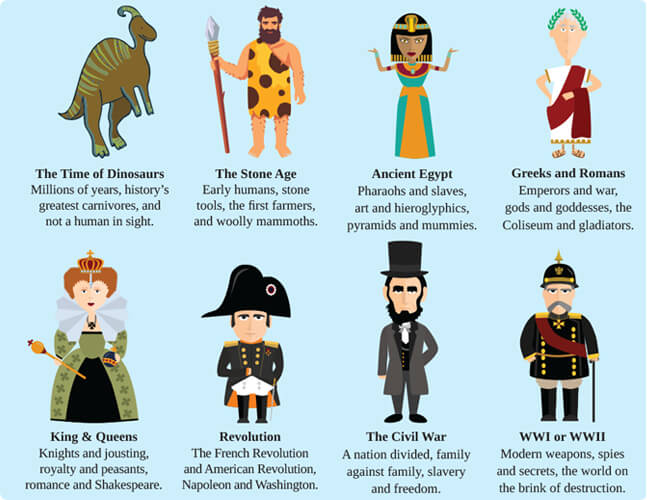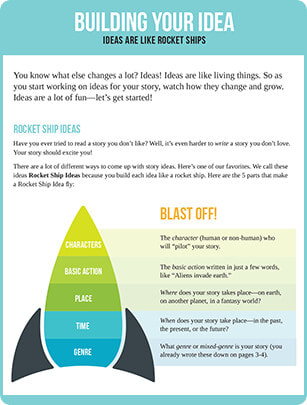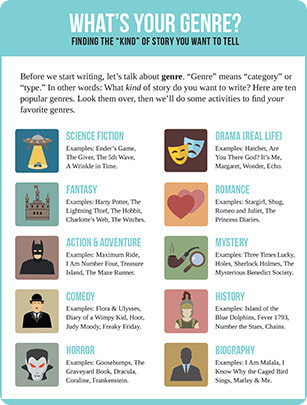|
“My daughter had an awesome time. We really apprecite all the thought that went into this camp.” Lila, Parent
We created our own curriculum because Nara had mentored at Fullerton before, and she had some ideas she wanted to try. What if you gave kids a step-by-step process to learn the basics of storytelling? Then, once they understood the basic rules, they could break the rules and create any kind of story they wanted. So we created a curriculum of story choices. For example: choose your favorite genres (and mix your favorite genres together), choose a time period, choose a location. Ideally, this would be an interactive app, but we did it all on paper. As kids considered their choices, they had to balance and rebalance story elements. It really got them thinking. The curriculum could get pretty complex, requiring students to make a lot of story decisions. They had to think about the kind of story they wanted to tell, and what they wanted to say.
The mentors were always there to work with groups or one-on-one. Some kids needed to talk things out. Others needed to ask a lot of questions. We had only completed two sections of our curriculum: Genre and Ideas. But that was enough to give the kids what they needed to start a new story.
All the mentors met each day after class to discuss what worked, what didn't, and what we'd do different next time. Here are a few ideas:
“Thank you for giving Carlos this wonderful gift. It is a treasure that will last a lifetime.” Ana, Parent |
THE STORY ROCKET
The Story Rocket held all their basic choices. They had to make at least 5 main decisions before the rocket took off (and before we moved on in the curriculum):
Each of these core decisions were linked to other areas in the curriculum, for example, we want to create one entire chapter that focuses on the when of your story. We were surprised to discover that most of the kids were very familiar with the concept of genre. They grew up with movies, TV , smartphones, and social media. The challenge was trying to get them to tell stories of their own, stories that really mattered to them.
|
| Nara Duffie: The Monster Realm |





